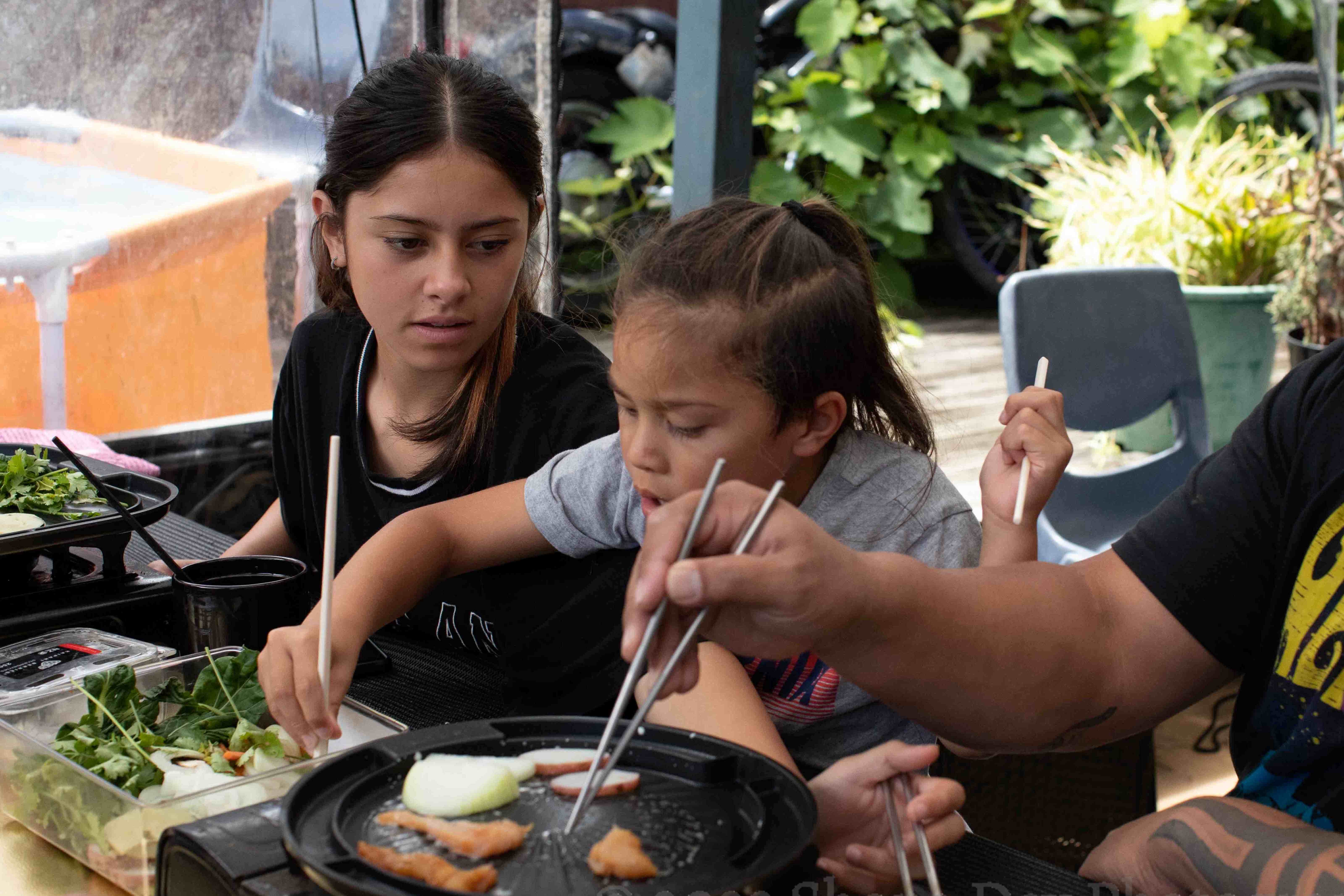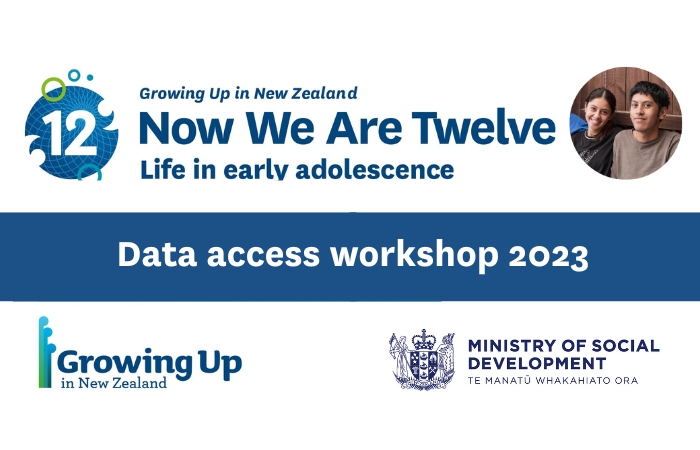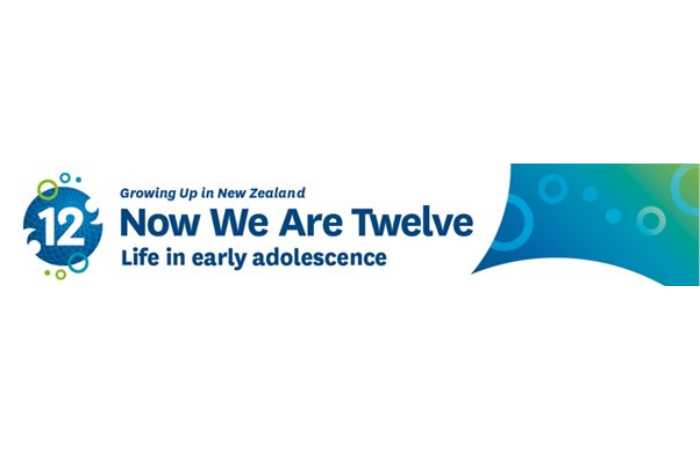Food insecurity in twelve-year olds – latest research published today

May 1, 2023
Research published today shows most twelve-year olds live in food secure households (83 percent). However, one out of six were not food secure, meaning their households had limited or uncertain access to nutritionally adequate and safe foods. The research also looked at receipt of government support for families with food insecurity, including school food programmes such as Ka Ora, Ka Ako.
The research is based on information from around 4,500 young people in the University of Auckland’s Growing Up in New Zealand longitudinal study.
It found 15 percent of twelve-year-olds were living in households with moderate levels of food insecurity and another two percent were living in households with severe food insecurity. This is similar to what the study found when the children were 8-years of age, but the use of special food grants and food banks among the families had increased (from 6.4 percent to 10 percent).
According to Dr. Sarah Gerritsen, Associate Director of Growing Up in New Zealand, the young people experiencing moderate or severe food insecurity aren’t receiving the nutrition they need.
“Having regular healthy meals is important for children’s wellbeing and development, and early adolescence is a time of huge growth. The quality and quantity of food a young person eats also affects their mood and ability to concentrate, with children who are moderate or severely food insecure the most affected. We found more families had been able to access food grants and food banks since the start of the pandemic which has helped these families get through, but these are short term fixes and aren’t going to ‘solve’ food insecurity for families.”
The research looked at the government support available for young people and their families. It found that although government financial assistance (main benefits or tax credits) helped some families to move out of food insecurity in the four years between the ages of 8-years and 12-years, the support wasn’t enough for most families experiencing food insecurity. Over half of households in the study receiving main benefits were food insecure when their child was 8- and at 12-years of age.
The study also looked at other types of Government support for food insecure families including school-based food programmes.
One in four 12-year olds were receiving food from a school-based programme most or every school day, with 20 percent receiving Ka Ora, Ka Ako the Government’s healthy school lunch programme.
Not all children who needed it received lunch through the Government’s healthy school lunch programme Ka Ora, Ka Ako: Half of the young people living in moderately food insecure households, and a third of those living in severely food insecure households, did not receive Ka Ora, Ka Ako in the past year.
According to Dr. Gerritsen, the healthy school lunch program Ka Ora, Ka Ako is an opportunity to improve the wellbeing of young people but it’s only offered to some schools, and because of this it’s missing many young people whose families experience food insecurity.
“If Ka Ora, Ka Ako were expanded to more schools this would mean that a lot more children and young people facing food shortages at home would receive at least one healthy meal a day, and it would improve the nutritional status and eating behaviours of all children and young people in Aotearoa,” said Dr. Gerritsen.
Growing Up in New Zealand is a University of Auckland UniServices study funded by the New Zealand Government and administered by the Ministry of Social Development
ENDs
For more information, please contact:
Julia Crosfield
Media and Communications, Growing Up in New Zealand
Julia.Crosfield@auckland.ac.nz
027 282 4896
Background for editors:
Now We Are Twelve:
See “Now We Are Twelve”: https://growingup.co.nz/now-we-are-twelve
This snapshot “Food Insecurity” is the third of nine in a series, called “Now We Are Twelve”, looking at the development and wellbeing of twelve-year olds in New Zealand: https://www.growingup.co.nz/growing-up-report/food-insecurity
The Now We Are Twelve snapshot series is being published between April and June 2023 and covers the following topics: ethnic and gender identity (published 05/04/23); material hardship (published 05/04/23); food insecurity (published today); housing and homelessness (published today); COVID-19 pandemic; experiences of anxiety and depression; school engagement; impact of disability; and relationships.
%201.svg)


.jpg)
